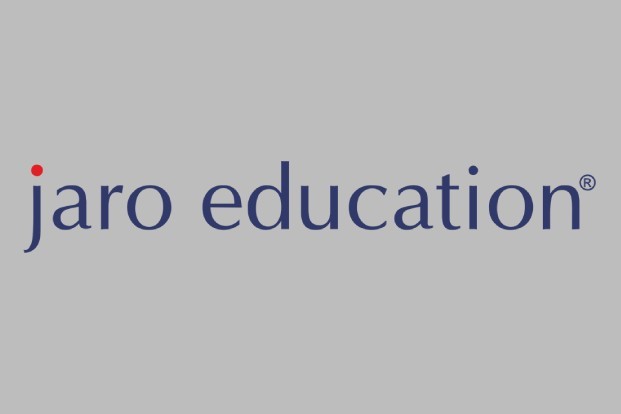Creativity is an essential skill for success in our world. It allows us to see new possibilities, find solutions to problems, and make the most of opportunities that arise. This quality is so important that many organizations have made it a priority to nurture creativity in their employees or students – even though simply encouraging people to be creative isn’t enough for everyone. Some people need more than just encouragement: they need an environment where they’re free from external pressures and expectations so they can truly express themselves and allow their creativity to flourish. Do schools kill creativity? Let’s talk about it!
Table of Contents
Creativity and education
Creativity is important. Creativity allows people to think outside the box, and it gives them the ability to solve problems in new and exciting ways.
But what about the education system? How does it affect creativity? Students are often taught that there’s one right answer for every problem, which can stifle their creative thinking. They’re also told what to think instead of how to think—so they never learn how to create or innovate of their own accord. It’s no wonder most adults don’t know how important creativity is!
The role of teachers
It’s important to remember that teachers are the most important factor in a child’s education. They can make or break a student, and they have an enormous influence over how their students develop their creativity. Teachers can help their students develop creative skills by encouraging them to be more open-minded about new ideas and experiences, as well as encouraging them to look at things from different perspectives.
Teachers should also encourage their students to be creative thinkers by allowing them time outside of the classroom where they can freely explore ideas without any pressure or expectation from others. This could mean letting kids take part in extracurricular activities like sports teams or clubs, but it also involves giving kids time after school when they don’t have anything else scheduled so that they can pursue other interests on their own terms—like reading books for pleasure instead of being forced into specific reading assignments during class time!
The value of failure
The value of failure is one I learned the hard way. It took me years to realize that failing early and often is a necessary part of the creative process. You can’t get better at something without failing first.
When it comes to my writing, I have an idea for a character or plot twist that I think will be brilliant but ultimately falls flat on its face. When this happens, I can either choose to ignore what happened or make it work by trying again with another version until something sticks — and even then, there may be more failures after that! Even if you fail well in your career as an artist or creator (and believe me; there are many ways one could fail), learning from your mistakes will always lead you closer to success than not doing anything at all ever would.
The problem with the education system today
The problem with the education system today is that it’s outdated. The teaching methods used in schools were developed decades ago when a different type of student existed. Today’s students are much more creative and innovative than the generations before them, yet we still force them to learn using methods that were designed for an entirely different purpose.
Schools should focus more on creativity and innovation—the future of our world will depend on these skills even more than it does today. If we want our kids to succeed as adults, then we need to train them now so they’ll be prepared for what’s coming next: automation; robots taking over jobs; artificial intelligence; self-driving cars and airplanes; virtual reality—the list goes on! If we don’t start preparing children differently now, they won’t be prepared for any of those things later down the road
How to transform the education system with Professional Development for K-12 Educators
There are several ways that teachers can be trained to improve their creativity in the classroom and one of them is Professional development for K-12 Educators, but one of the most important things to remember is that creativity cannot be taught. Instead, it must be nurtured—through deliberate practice and feedback. Teachers need a space where they can try new things without fear of failure (or recrimination), as well as a mentor who is willing and able to provide constructive criticism at each step along the way.
In order for this learning environment to exist in K-12 schools, educators will need a lot more resources than what currently exists today. This means costs must increase substantially because teachers would need some sort of creative professional development training before they enter school classrooms with students who have been historically under-served by an education system focused on standardization instead of individualized learning experiences outside traditional coursework such as art classes or music lessons; social clubs like sports teams or clubs focused on community service; internships at local businesses or offices; etcetera…
K-12 schools should focus less on rote learning and more on developing students’ creativity.
To improve students’ creativity, schools should focus less on rote learning and more on developing students’ creativity. This may seem like a no-brainer—who wouldn’t want their child to be creative? But many school systems have a long history of emphasizing the importance of skill over imagination, which can stifle creativity in its early stages.
How can you encourage your child’s creativity? Here are some ideas:
- Encourage them to think outside the box. Don’t discourage your children from experimenting with new ideas or doing things differently than others have done them before (within reason).
- Encourage them to explore their interests. If they have an interest in something creative or artistic—whether it’s drawing, writing poetry or novels, making music, or playing video games—encourage them by giving them supplies and opportunities for practice as well as feedback about their progress along the way.
- Encourage critical thinking skills and making connections between topics through group collaboration projects such as group presentations or science fair projects where participants must collaborate effectively with each other
Conclusion
The schooling system today is built around memorization, regurgitation, and repetition. While this may work well for some students, it inhibits the development of critical thinking skills in others. As a result, students who have been raised in this type of system will often struggle to solve problems on their own when faced with them later in life. Consequently, many people are turning away from traditional education models in favor of homeschooling or other alternative methods that focus more on creativity and independent thinking skills such as problem-solving instead of just regurgitating information verbatim from textbooks or teachers’ lectures.










